As with most endeavours in life you need to have principles and with the Tri Principle hybrid Yonex has gone for the hat-trick.
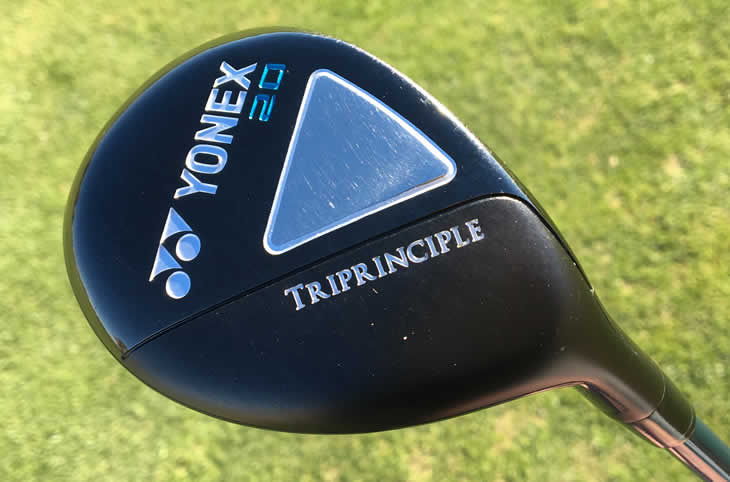
The look of the club is certainly different and the first thing I noticed was the turquoise blue colour scheme of the head and matching shaft.

As experts in graphite for many years, Yonex also make their own shafts and the WFS 300-U Nanometric composite shaft is a mouthful, but thankfully not a handful.
It is available in a variety of flexes, but more importantly in a variety of weights that get lighter as the shaft gets longer in order to increase head speed and decrease spin for better launch conditions.
This is something that is starting to appear in steel shafts like the True Temper AMT, so the theory is well grounded and is one of the Yonex principles.
Depending on how you first encounter the club, will determine what you see next. For me it was the diagonal grooves on the Rolled 455 Maraging Steel Plate face that are perpendicular to the shaft.
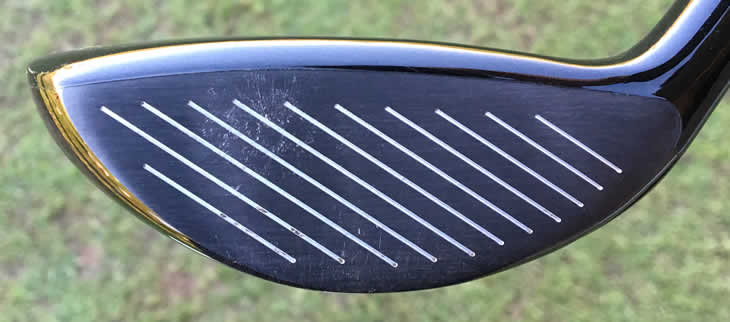
This apparently creates more consistent spin and distance controls and I would love to tell you how it does this, but even Yonex don't know as they stumbled across it in testing and found it worked, so it's on there.
As with most manufacturers these days, there has to be a catchy three stage acronym so these are called 3S grooves for Scoreline, Slated and Spin Stabiliser and they are actually perpendicular to the angle of the shaft.
It sounds like it should work in theory as all the angles are aligned on the 0.5° open face and if it works in practice then that is good enough for me and at address you won't notice them unless you look out for them.
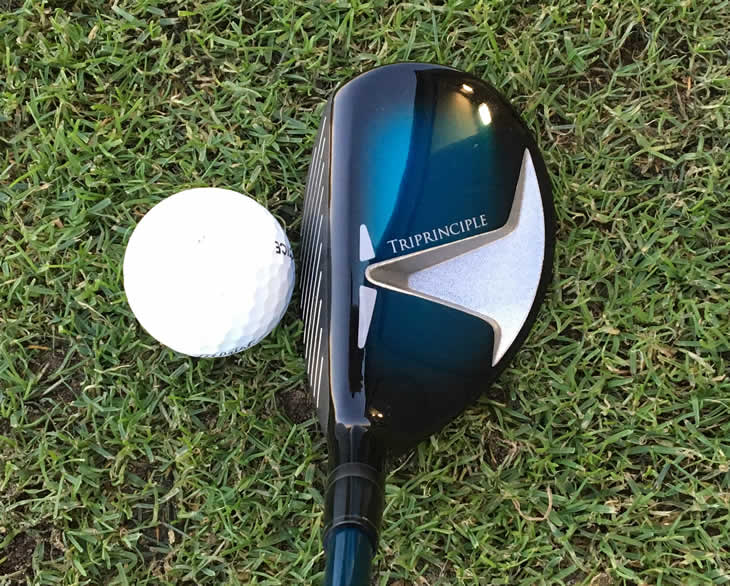
The other thing you will notice right away at address is the silver V shape of the Reverse Flow Weighting on the SUS630 Stainless Steel cast head.
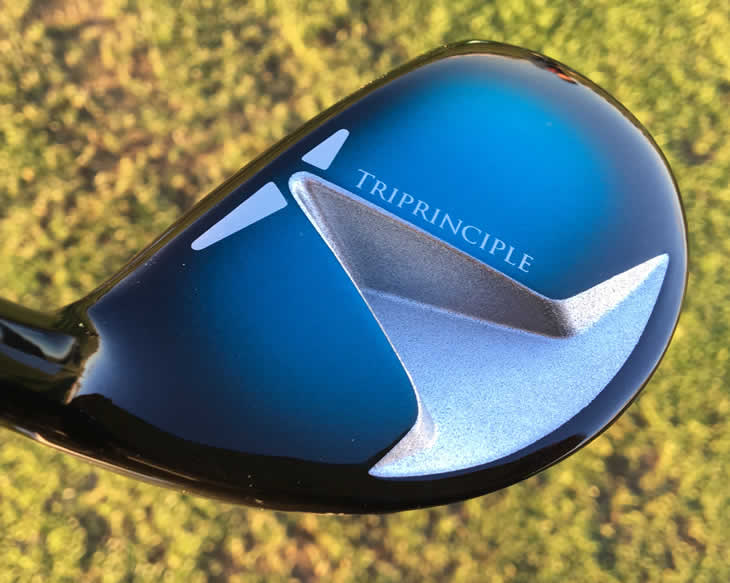
Having passed it around a few people, several of us thought it was a graphic at first glance, but when you tilt the head forward you see a V shaped channel ploughing through the middle of the head.
You wonder how on earth you missed this, but from above it actually looks pretty good as an alingment aid and from the back it looks quite dramatic.
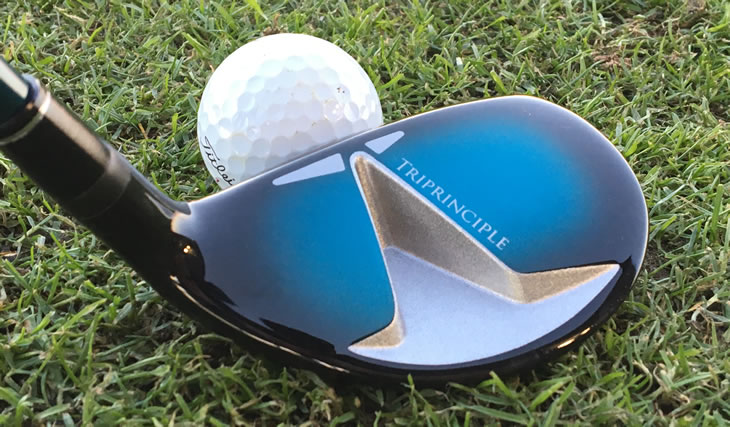
The idea is to remove weight from the centre of the club to increase MOI, lower the CG and it would not surprise me if the point of the V acts a little like a muscle back in a blade iron behind the face to give some more oomph.
The Tri Principle head is compact with a good cambered sole for versatility and comes in 20°, 23.5° and 27° lofts.
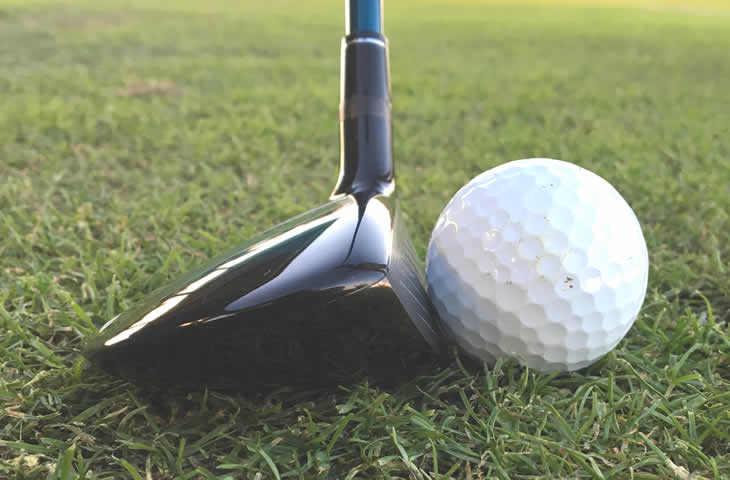
As you might expect it gives the Tri Principle a bit of a hollow sound and feel with a tink sound that is not the most luxurious around. However it did play very well and delivered a decent level of ball speed compared to other hybrids in the market.
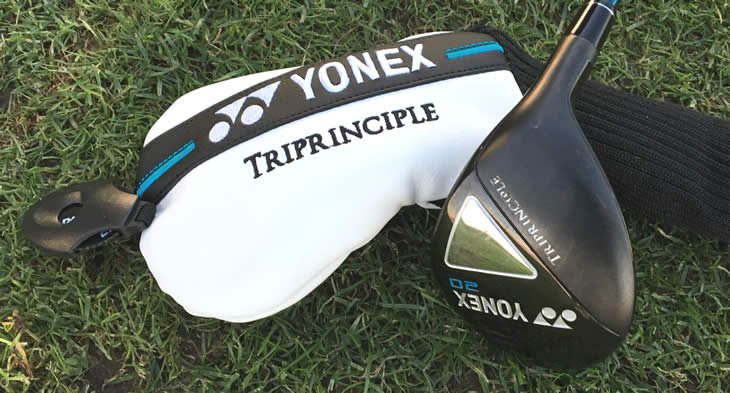
Over time the Yonex Tri Principle grew on me as it was very easy to hit and I liked the look of the Reverse Flow Weighting cavity and the quirky styling, even if the colour is unusual for a men's club.
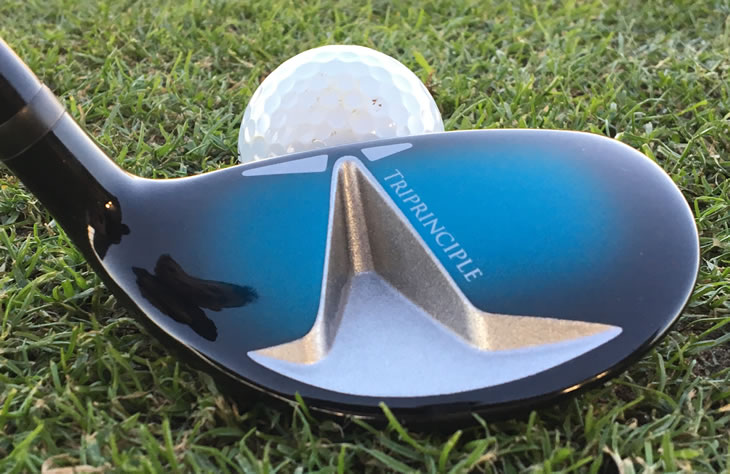
It is reasonably priced and is probably best suited to mid to high handicappers for the way it plays thanks to the lighter feel and the mid to high launch, so make sure you get past the looks and check it out.